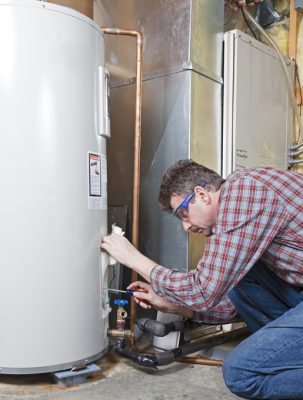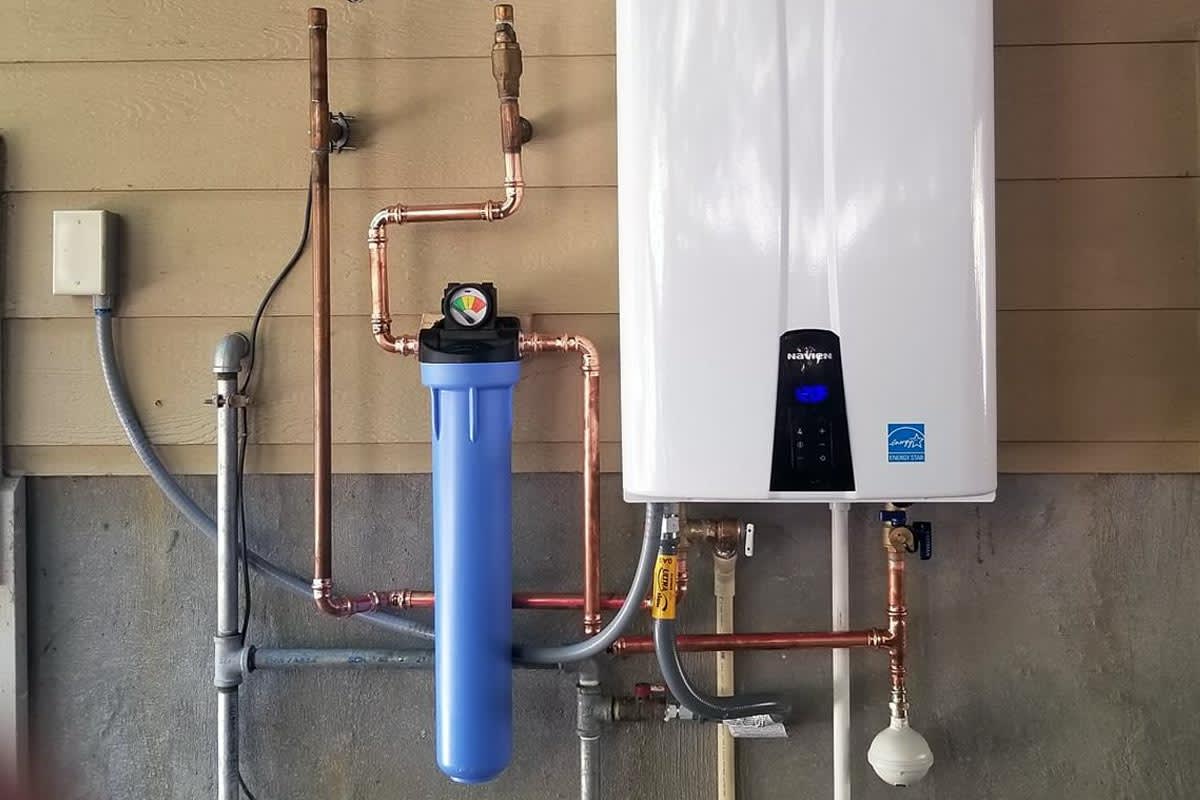Steps to Prolong the Life of Your Home's Hot Water System By Maintenance
ClickThe article author is making a few good points regarding How to Maintain a Hot Water Heater in a Few Simple Steps as a whole in this post which follows.

Hot water is necessary for daily convenience, whether it's for a rejuvenating shower or cleaning dishes. To guarantee your hot water system runs successfully and lasts longer, normal maintenance is vital. This article provides functional pointers and insights on just how to maintain your home's warm water system to avoid disturbances and costly fixings.
Introduction
Keeping your home's warm water system might appear difficult, but with a couple of easy actions, you can ensure it operates efficiently for many years to come. This guide covers everything from comprehending your warm water system to DIY upkeep pointers and understanding when to call in expert aid.
Value of Maintaining Your Warm Water System
Regular upkeep not just extends the life-span of your hot water system yet also guarantees it operates effectively. Disregarding maintenance can result in lowered effectiveness, greater energy costs, and even early failure of the system.
Indications Your Warm Water System Requirements Maintenance
Recognizing when your warm water system needs interest can stop significant concerns. Look out for signs such as inconsistent water temperature, strange noises from the heating unit, or corroded water.
Recognizing Your Warm Water System
Prior to diving into maintenance tasks, it's practical to recognize the basic parts of your hot water system. Generally, this includes the water heater itself, pipes, anode poles, and temperature level controls.
Regular Monthly Upkeep Tasks
Normal month-to-month checks can help catch minor issues before they intensify.
Flushing the Hot Water Heater
Purging your hot water heater gets rid of debris build-up, boosting efficiency and prolonging its life.
Monitoring and Changing Anode Rods
Anode poles protect against corrosion inside the tank. Inspecting and changing them when broken is critical.
Inspecting and Changing Temperature Settings
Adjusting the temperature level setups makes sure optimal efficiency and security.
DIY Tips for Maintenance
You can execute numerous maintenance tasks on your own to maintain your hot water system in top problem.
Looking for Leaks
Regularly evaluate pipelines and connections for leaks, as these can bring about water damages and higher costs.
Checking Pressure Relief Valves
Testing the stress relief valve guarantees it works correctly and prevents extreme pressure build-up.
Shielding Pipes
Protecting warm water pipelines reduces warmth loss and can save power.
When to Call a Professional
While do it yourself upkeep is advantageous, some concerns need professional experience.
Complex Concerns Calling For Specialist Assistance
Examples consist of significant leaks, electric issues, or if your water heater is continually underperforming.
Routine Professional Upkeep Perks
Professional upkeep can consist of comprehensive examinations, tune-ups, and ensuring conformity with safety criteria.
Final thought
Regular upkeep of your home's hot water system is crucial for effectiveness, long life, and expense savings. By adhering to these tips and understanding when to seek expert help, you can make certain a dependable supply of hot water without unexpected disturbances.
Water Heater Maintenance: The Basics
Maintaining your water heater will ensure it operates efficiently and has a longer lifespan. Neglecting regular maintenance can lead to costly repairs and an even bigger chunk of your savings if you have to replace it sooner than necessary. But there’s good news: Most water heater maintenance tasks are relatively simple and easy for homeowners with basic DIY skills.
Flush the Water Heater
Over time, sediment and minerals can build up in the tank, reducing its efficiency and potentially causing damage. To flush the tank, turn off the power or gas supply, attach a hose to the drain valve near the bottom and open the valve to drain the water until it runs clear. Ideally, flush the tank annually.
Replace the Anode Rod
The anode rod is a sacrificial metal rod that helps prevent corrosion inside the tank. Inspect and replace it every three to five years or per the manufacturer's recommendation. To replace the anode rod, turn off the power or gas supply, drain a few gallons of water from the tank, unscrew the old rod and replace it with a new one. If the anode rod is significantly corroded or covered in calcium buildup, it's a sign the water heater may need to be replaced soon.
Tune-Up
A yearly tune-up can help identify potential issues and ensure your water heater operates at peak efficiency. This typically involves checking the thermostat, burner assembly (for gas heaters) and any other components specified by the manufacturer. During a tune-up, the technician may also clean the burner and adjust the pilot light (for gas heaters) or examine the heating elements (for electric heaters).
How to Maintain Your Water Heater
Insulate the tank. Insulating the tank can improve energy efficiency and reduce heat loss, saving you money on energy bills. You can purchase precut insulation blankets designed specifically for water heaters or use standard fiberglass insulation wrapped securely around the tank. Check the temperature. The recommended water temperature for most households is around 120 degrees Fahrenheit (49 degrees Celsius). Higher temperatures can increase energy costs and potentially cause scalding. Use a kitchen thermometer to check the temperature at the faucet nearest the water heater. Monitor water pressure. Excessive water pressure can strain the water heater and cause leaks or even tank failure. Install a pressure-reducing valve if necessary. The ideal water pressure range is between 60 and 70 PSI (pounds per square inch). Test the temperature and pressure (T&P) relief valve. The T&P relief valve is a safety feature that releases pressure if the tank gets too hot or the pressure builds up too high. Test it annually by lifting the lever and allowing a small amount of water to release. Replace the valve if it doesn't release water or reseal properly. Check for leaks. Regularly inspect the tank, pipes and fittings for leaks or corrosion. Deal with issues promptly to prevent further damage. Even a small leak can lead to significant water damage over time. Consider a tankless water heater. If your traditional tank-style water heater is nearing the end of its lifespan ( typically 10 years), consider replacing it with a tankless water heater. These units heat water on demand, reducing standby energy losses and potentially saving you money on your energy bills. Schedule professional maintenance. While homeowners can perform many water heater maintenance tasks, it's still a good idea to schedule professional maintenance every few years. A plumber or HVAC technician can thoroughly inspect the unit, identify potential issues and ensure it operates safely and efficiently. https://www.homeserve.com/en-us/blog/home-improvement/hot-water-heater-maintanence/

As an enthusiastic person who reads on Water Heater Maintenance Tips You Can't Afford to Forget, I assumed sharing that topic was beneficial. Sharing is caring. Who knows, you will be doing someone a favor. I recognize the value of reading our article about Tips on Maintaining a Water Heater.
Appointment